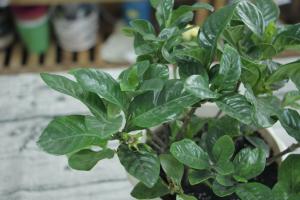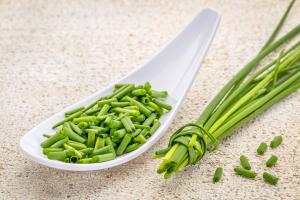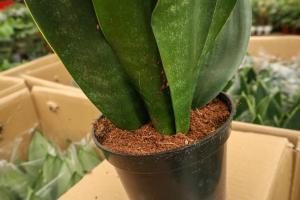Introduction
Tomatoes are one of the most popular vegetables grown in home gardens. They are relatively easy to grow and provide a delicious addition to meals. One of the most important decisions when growing tomatoes is deciding on the location. Many gardeners wonder if tomatoes should be planted in full sun. In this article, we will explore if full sun is the best location for growing tomatoes.
What are the ideal growing conditions for tomatoes?
Tomatoes are warm season plants that prefer temperatures between 65-85°F. They also require well-drained soil that is rich in organic matter. The pH of the soil should fall between 6.0-6.8. Additionally, tomato plants require at least 1 inch of water per week.
Does full sun help tomatoes grow?
Tomatoes require sunlight to grow, and full sun allows them to produce the most fruit. When plants receive less than 6 hours of sun per day, they may produce less fruit or have poor quality fruit. Therefore, full sun is generally considered the best location for growing tomatoes. However, in extreme temperatures, overly hot sun may cause damage to the plants, so gardeners may need to consider providing shade during the hottest parts of the day.
What are the benefits of planting tomatoes in full sun?
When tomatoes are planted in full sun, they receive the maximum amount of sunlight possible, which helps the plant to photosynthesize and produce energy. This results in healthier plants and larger yields. In addition, planting in full sun can help deter pests and diseases that thrive in moist, shaded environments. Tomatoes planted in full sun also tend to ripen quicker, which means more delicious tomatoes to enjoy throughout the growing season.
What are the drawbacks of planting tomatoes in full sun?
While full sun is generally the best location for growing tomatoes, there are a few drawbacks to consider. One drawback is that planting in full sun can lead to water loss due to evaporation, which means you may need to water your plants more frequently. Additionally, plants in full sun can be more prone to sunscald, which occurs when the fruits become overexposed to sunlight and develop white or yellowish spots on their surface. Finally, heat buildup in full sun can cause the soil to dry out more quickly, which may require adding more compost or other organic matter to the soil to retain moisture.
Conclusion
In conclusion, full sun is generally considered the best location for growing tomatoes. This helps the plants to produce the most fruit and remain healthy, while also providing protection against pests and diseases. However, gardeners must be aware of potential drawbacks, such as water loss due to evaporation, sunscald, and soil moisture loss, and take appropriate measures to address these issues. By providing optimal growing conditions, home gardeners can enjoy a bountiful harvest of delicious tomatoes.

 how many times do yo...
how many times do yo... how many planted tre...
how many planted tre... how many pine trees ...
how many pine trees ... how many pecan trees...
how many pecan trees... how many plants comp...
how many plants comp... how many plants can ...
how many plants can ... how many plants and ...
how many plants and ... how many pepper plan...
how many pepper plan...
































